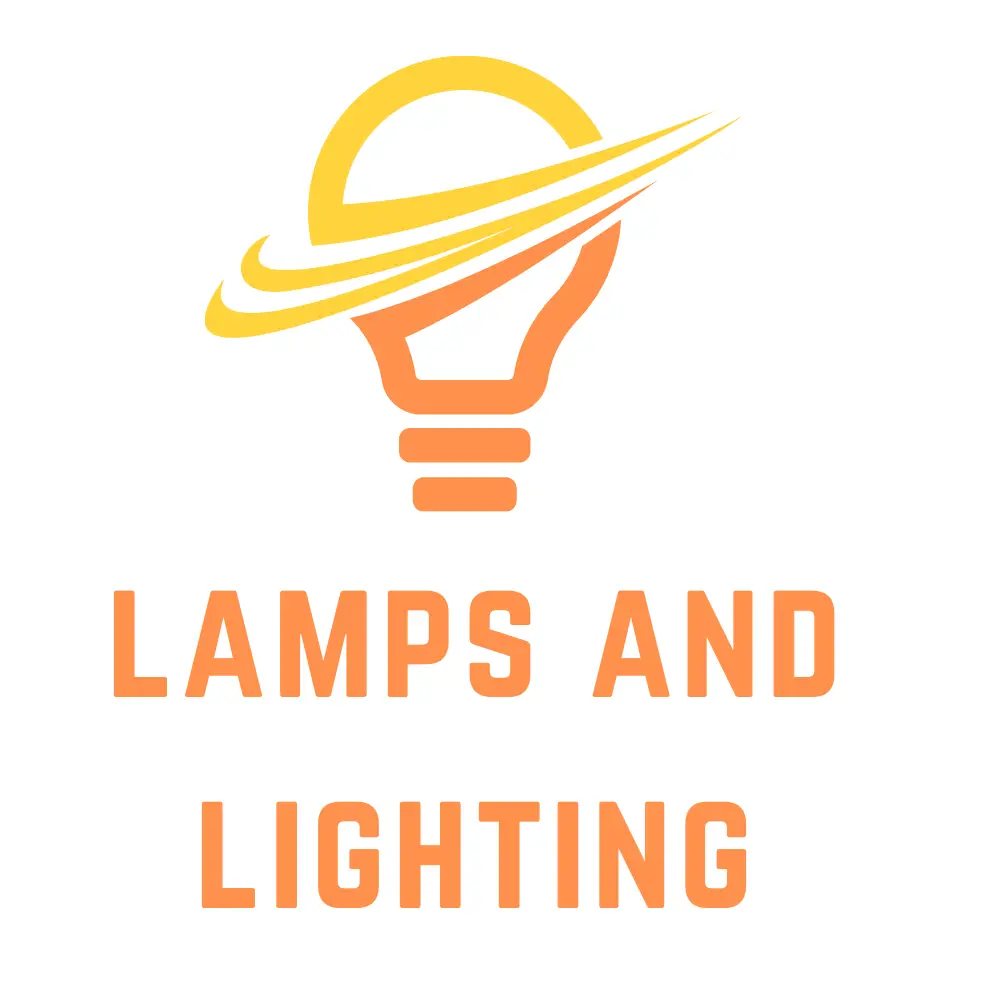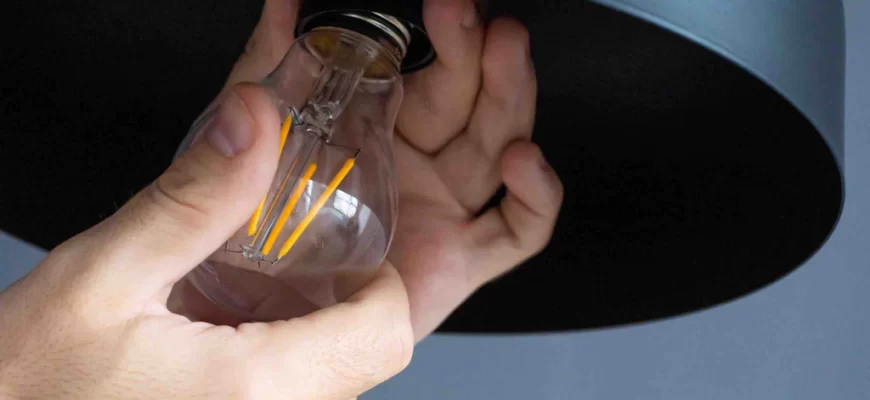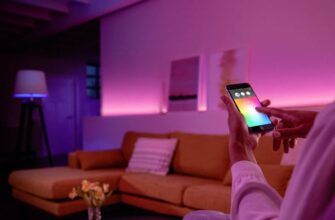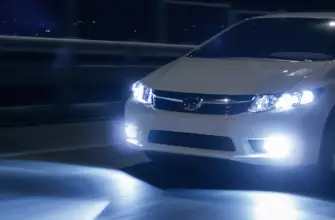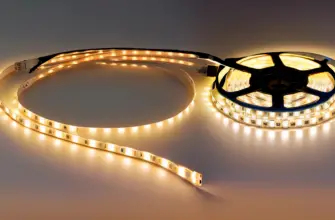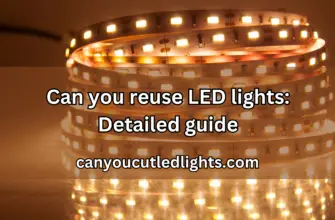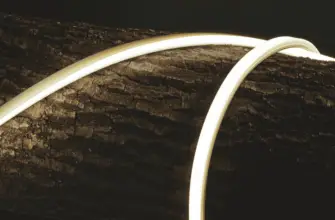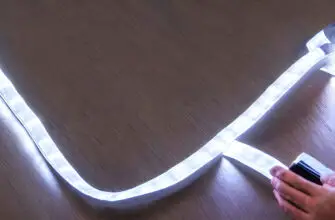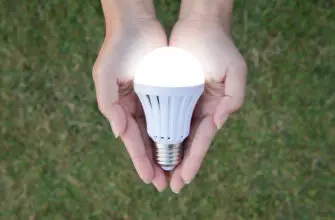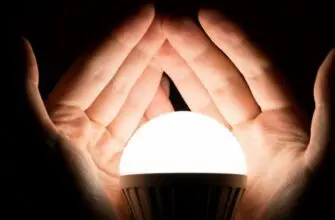LED light bulbs have revolutionized the way we light up our homes. LED lights are superior to incandescent bulbs in every aspect. They are brighter, produce more natural light, use less power, and also serve longer. Are they really that good? There’s an opinion why LED bulb gets hot. Is that so? Read on to find out.
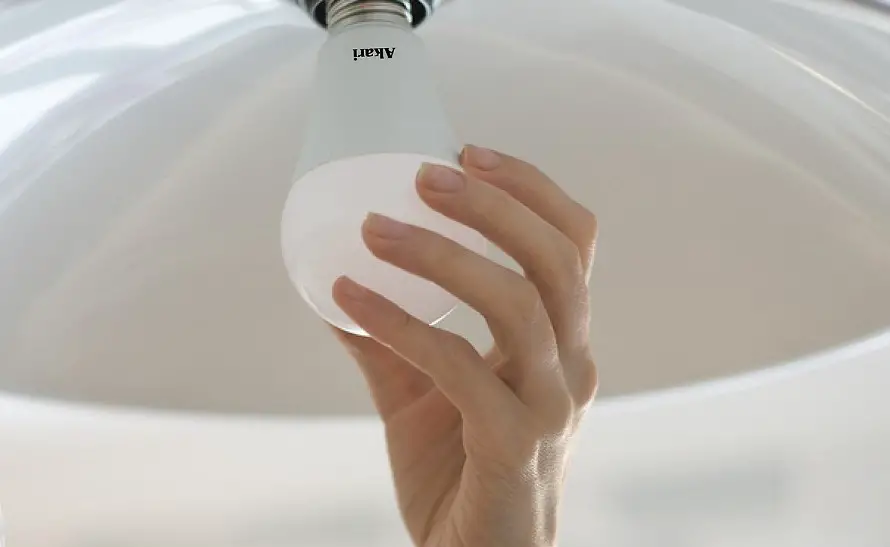
Should LED light bulbs get hot?
Any appliance with an electric current in it does heat up. This is just how physics works. And all LED lights are designed with this aspect in mind. There’s a heat sink at the base of an LED light bulb.
The heat sinks work as radiators. They accumulate and then release all the excessive heat.
So, LED lights produce heat just like all other bulbs.
Case closed? Not really.
As we’ve already mentioned above, in contrast to other light bulbs, like incandescent or halogen bulbs, LED lights are extremely energy efficient. It means that they don’t heat nearly as much as other bulb types.

The true efficiency
What does energy efficiency mean exactly? Nowadays, the term is used so often that we hardly think about its definition.
One might say that efficiency in this context implies that the lights use less energy. And while this is true, the reality is somewhat more complicated. What makes LED light bulbs energy efficient is what they use the energy for. Let me explain.
Incandescent bulbs
Let’s take the good old incandescent bulbs, for example. Ouch! Take was probably a poor choice of words here. It’s no secret to anyone that incandescent lights tend to get really hot, even after just a couple of minutes of working.
This is because about 90% of the electricity they consume is not used to produce light. What is it used for then? Heat. Infrared radiation. These bulbs emit a lot of heat.
The surface of a tungsten filament bulb can reach 250 °F or even more.
Where do the last 10% go then? The last ten is used to emit visible light, the very thing we need the bulbs in the first place.
These numbers speak volumes about how outdated filament technology is. And no wonder it’s been around for more than a century.
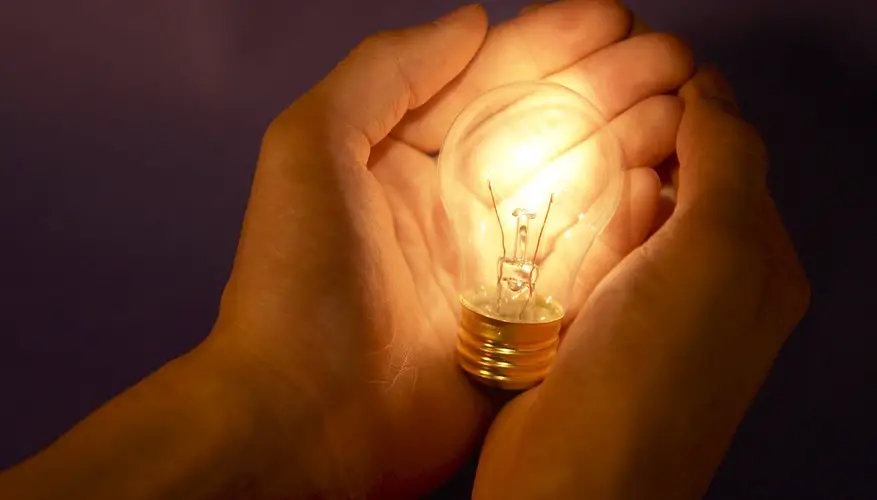
Do LED lights get hot?
And what’s going on in the LED department? With LED light bulbs, it’s the other way around. About 80% of electricity goes directly into the light output, and only about 20% is wasted on heat production.
This is why LED lights never get near as heated as other light sources like incandescent bulbs, or even fluorescent lights. The surface of an LED bulb can only heat up to around 120-150 °F.
The heat sink is significantly hotter, about 180 °F, but that’s to be expected because by getting hot the heat sink system cools the rest of the LED bulb.
So, the answer to the question “Do LED lights gets hot?” is “Yes, but not really because it depends on what you understand by “hot” and what part of the light bulb we’re talking about”. But what if the LED lights get too hot?
How to know if things are getting too hot?
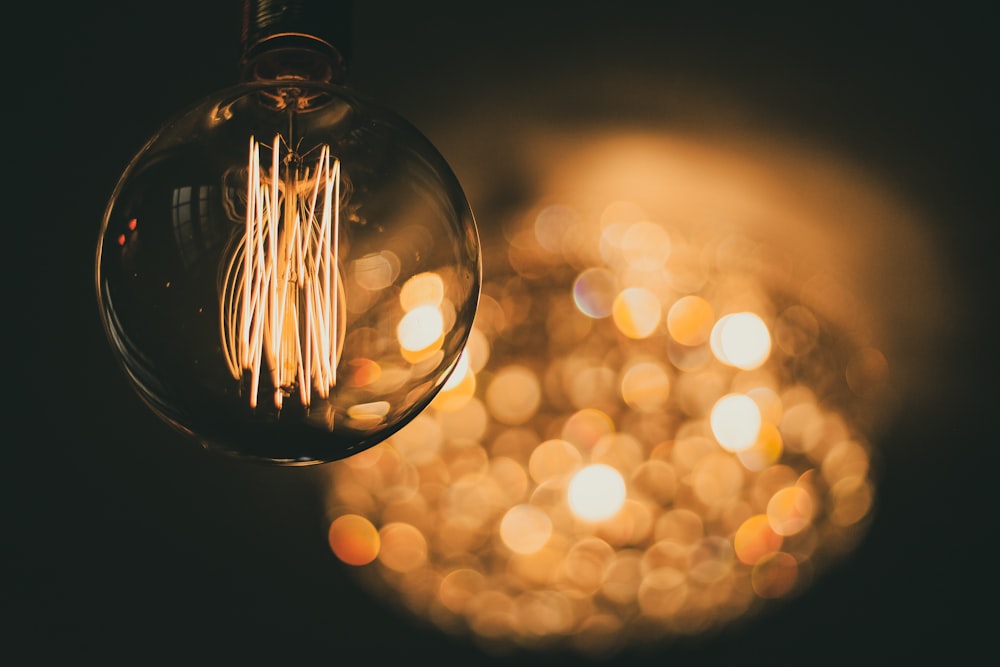
The normal temperature range for most LED lights is 120-150 °F. It means that the surface of the bulb will feel quite hot if you touch it.
Touching the heat sink will even cause some minor burns.
At the same time, this temperature is not enough to set most things on fire. The materials that the electrical sockets are made of can also sustain some significant heat. So, in most cases, an overheated LED light bulb is not a cause for panic.
What are the indications that LED lights work abnormally?
Sometimes the temperature of LED lights might surpass the nominal figures by a dozen degrees or more. This minor overheating may reduce the lifespan of your LED bulbs but other than that, you’re completely safe.
There are no ways of accurately measuring the temperature of the light bulbs without a thermal camera of some sort. But there’s no real need to do that.
If the malfunction is more serious, however, you will definitely be able to see it with the naked eye. For example, you may see some fluctuations in light intensity. In some cases, this might even be an indication of a bigger issue, like wiring problems or voltage surges. Replace the bulb, if the issue persists, I advise you to get your wiring checked.
If the light emission doesn’t fluctuate, and there’s no light degradation, you can smell your LED lights. It sounds strange, but it is a great way of checking if your LED bulbs are too hot.
As I mentioned, the sockets are made of heat-resistant materials. So if you can smell some melting or burnt plastic, your LED lights are getting too hot. In rare instances, you may even see thin plumes of smoke. It’s not a fire yet, but if this happens, immediately unplug the lights.
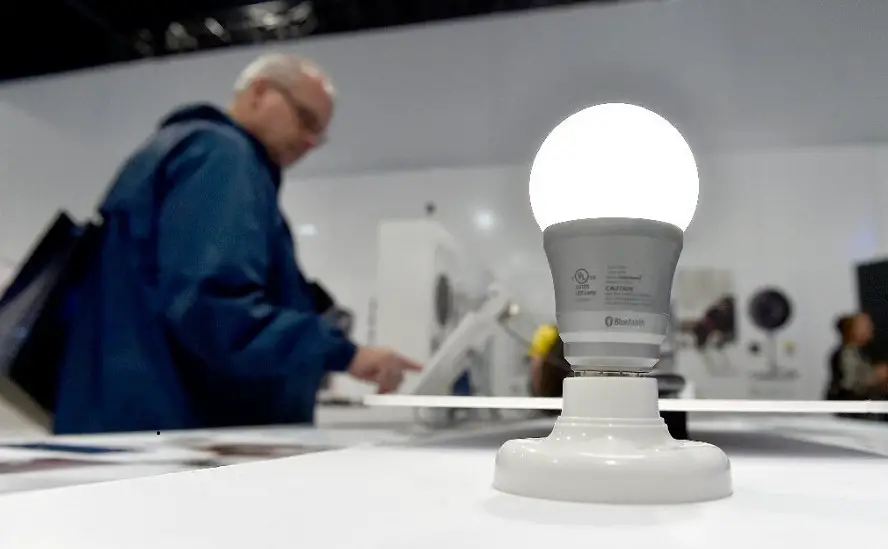
Solutions
There are several reasons why LED bulbs can malfunction and get too hot.
I’ve already mentioned one of them—bad wiring. If you live in an old house, or if you experienced some wiring problems before, a hot light bulb is the least of your concerns. You might wanna need to consult a specialist because bad wiring is one of the most common reasons for a fire.
You can topple this other issue by yourself. A bad smell of melting plastic might be a sign of a malfunctioning socket. Run a little test. Replace the bulb and wait for some time. If the smell doesn’t go, you’ve got a faulty socket. Just replace it. By yourself, or hire a professional if you don’t have much experience with those sorts of things.
Some LED bulbs are just poor quality. In this case, they can malfunction for no particular reason at all. Keep in mind that $3 to $5 bulbs are usually not very reliable. They can overheat, and they also don’t serve as long as their more pricey counterparts.
There’s no need to overpay, though. While there are 20-25 dollar models available on the market, they are overkill for most households. If you want to avoid buying smart LED light bulbs, opt for a cheaper $12 model. It will serve you reliably for many years, and you won’t have any issues with it.
Finally, LED lighting should not be obstructed in any way. For the heat sink to work properly, the surrounding air should circulate freely.
If the LED lights are too close to a wall, or a piece of furniture, they might overheat.
Also, never cover lamps with towels, blankets, or clothing. It seems obvious but you would be surprised how many people don’t follow this simplest rule.
Moreover, a heat sink works best if the bulbs are oriented vertically, i.e., they should either look straight down or straight up. LED lights get hot on one side if they’re angled or tilted.
And still, it’s nothing to worry about. If no objects are obstructing the airflow, the heat sink will be able to carry enough heat away.
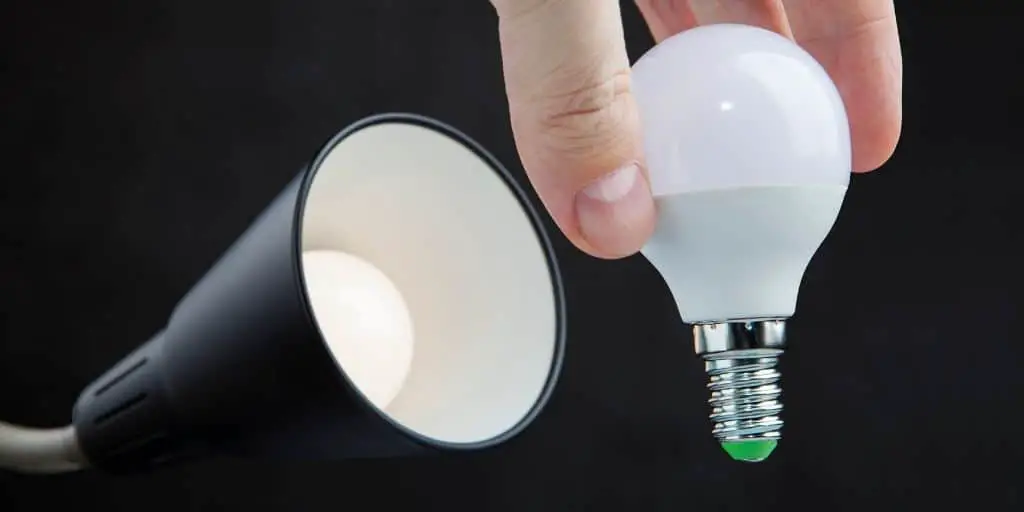
Conclusion
Do LED lights get hot? They sure do. Just like all other electrical appliances, they produce heat and emit infrared radiation. At the same time, they produce very little heat, especially in comparison to other lights like tungsten bulbs, for example.
Of course, in some rare cases, LED bulbs might overheat. It may be due to a faulty socket or old wiring in your house. Anyway, if there’s no smoke or unpleasant smell, you should be quite fine.
Learn More About: What Are LEDs And How Do They Work?
FAQ
Should LED bulbs be hot to touch?
Yes. The surface of an LED bulb can get as hot as 120-150 °F. Objects with a temperature of over 120 °F will feel hot to the touch.
How do I stop my LED lights from getting hot?
All light bulbs, including LED lights, should have enough room around them for air circulation. Remove any objects that might obstruct the airflow. In some cases, socket or light bulb replacement might be necessary.
What happens if LED lights get too hot?
Its life span will be greatly reduced, and the socket might melt a bit. The temperature of an overheated LED light is rarely enough to cause a fire. However, if you smell burnt plastic, unplug the lights and start troubleshooting right away.
Can dimming LED bulbs incorrectly lead to overheating?
Yes, dimming LED bulbs with incompatible or non-LED-specific dimmer switches can cause overheating. Using dimmers not designed for LEDs can result in flickering, buzzing, and increased heat generation. To avoid issues, use dimmer switches compatible with LED technology.
Can the environment or room temperature affect how hot an LED bulb gets?
Yes, the room temperature and the environment where the LED bulb is installed can affect its operating temperature. LED bulbs in enclosed fixtures or recessed lighting may trap heat, causing the bulb to get hotter. Adequate ventilation is crucial to dissipate heat effectively.
What can I do to prevent my LED bulbs from getting too hot?
To prevent LED bulbs from getting too hot, ensure they are installed in compatible fixtures with proper ventilation. Avoid using LED bulbs with dimmer switches that are not designed for LEDs. Regularly dust and clean fixtures to allow heat to dissipate effectively.
